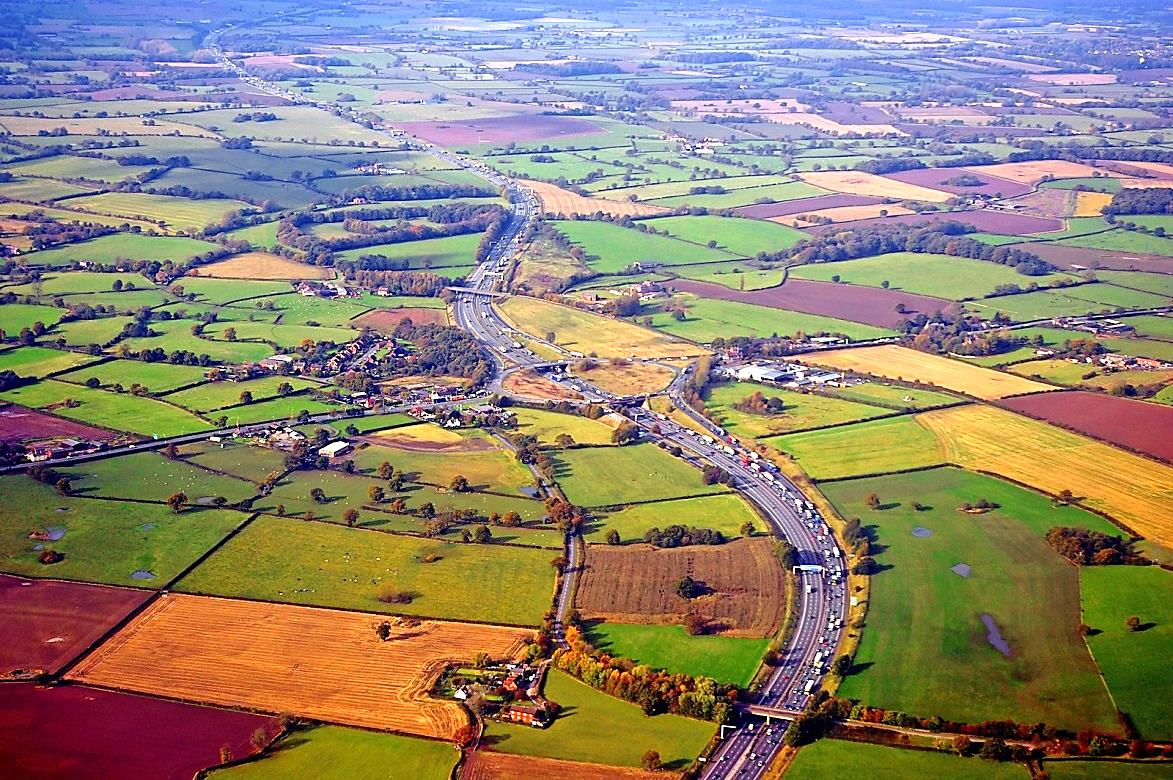
by Fern Shaw | Feb 29, 2016 | Health and Hydration
Two weeks ago I was blathering on about how simple it is to effectively reduce vehicle incidents on the road by instituting driving hydration (and no, this doesn’t mean hydration through drinking your favourite alcoholic tipple and then roaring off down the M1). I tacked the article onto the AquAid FB page and was interested to see the great response it received.
I suppose there are a lot (as in millions, not thousands) of us little humanoids that may take their water hydration very seriously, but there’s perhaps one area where we fall short, and that’s when we get on the road and a driving we will go.
There’s always talk about making sure you’ve had enough rest when you’re about to embark on a road trip or that you’ve eaten well (so you don’t faint while driving and so that your body has sufficient fuel (aha!) for the trip); we do carry on (rightly so) that you shouldn’t be drinking the devil drink before or during driving, but on occasion it seems, we don’t attach enough importance to a very simple solution that will keep most of us bright eyed and bushy tailed whilst travelling and that solution *drumrollllll* is making sure that we’re sufficiently hydrated when driving.
The results from a variety of studies have borne this information out to be true. If you drink sufficient water (alongside with all the other recommendations – sufficient rest, sufficient food, not taking any medication that’ll make you drowsy [so, yes, that cold flu stuff you’re glugging back is a definite NO]) you will be safer (and consequently will keep other road users safer) while driving.
So perhaps this trend is not so much a trend (we hope) but just a rather simple and clever way, borne out by research, to keep you and other road users (we salute you all, those that drive for a living) alert and focused while you criss cross the length and breadth of the country, happily driving and hydrated.
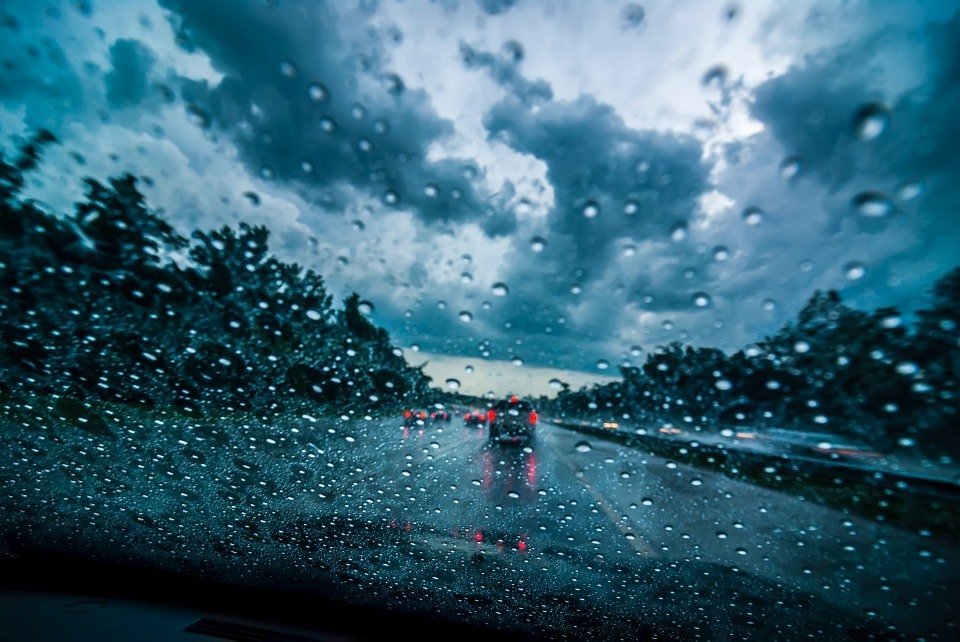
by Fern Shaw | Feb 18, 2016 | Health and Hydration
A while ago I wrote about a slight accident I had while driving a friend’s car, entitled A Funny Thing Happened on the way to the Water Cooler. The blog was all about irony, karma, call it what you will.
I’ve also mentioned day-time fatigue that’s brought on by not drinking sufficient water. You don’t need to take my word for it though, honestly; there are reams and reams of research that clearly indicate the link between performance and hydration.
More recently, I’ve been thinking about the amazing drivers on our roads (said in all seriousness, can you Adam and Eve it) ranging from delivery drivers, cab drivers, bus drivers, and couriers through to emergency services drivers and all of those in-between.
If you think about it, when you’re driving on the road you need to be at your peak, especially if you take extended trips or driving is your job! But in today’s world with more and more vehicles on the road; time being of the essence; working long hours and a number of other contributing factors affecting one’s concentration when driving; it’s not always possible to be fully alert.
But what does keeping hydrated have to do with safe(r) driving, if anything?
Well, extensive research into driving and hydration for one has shown through studies there’s a marked difference in driving performance between a hydrated and dehydrated driver.
It’s also been proven how driving and hydration are vital in reducing vehicle incidents. During this study, it became apparent that, ´… mild dehydration is equal to a 1% drop in hydration levels, the level at which the sensation of thirst is experienced. Previous studies have shown that more severe dehydration reduces cognitive performance even further, thus potentially resulting in an even higher amount of driver errors. GP studies show that up to 60% of the workforce going to work remain dehydrated throughout their working day.’
Food (or water) for thought, methinks. Perhaps it’s a good idea to ensure that you remember to drink enough water prior to setting out on the road, and not just while you’re at home, in the office, or perambulating along. Toot, toot!
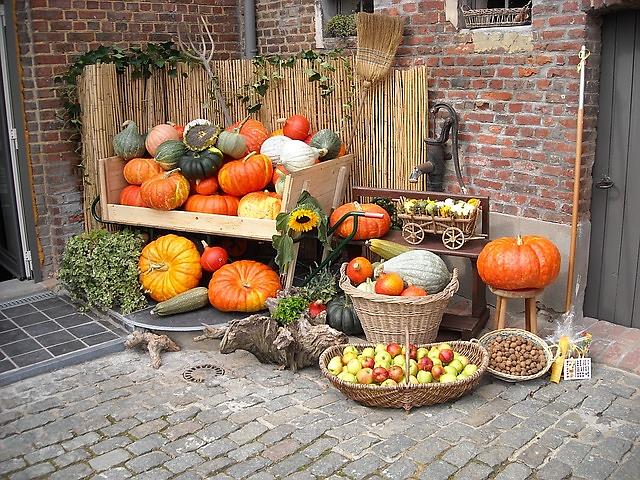
by Fern Shaw | Nov 9, 2015 | Water
Last year I blogged about Bonfire Night or Guy Fawkes Night as it’s also called. Although the tradition of Guy Fawkes stems from an historical political event, it’s lighting up the darkness, so to speak, and so fits right in with a number of autumn time traditions, some originating hundreds of years ago.
There are men who carry flaming barrels of tar through a Devon village; folk who pour cider over apple tree roots and cross-dressing troupes who perform something called Soul Caking to ward off evil spirits.
Souling is a centuries-old tradition in Cheshire where actors known as ‘mummers’ perform a play for All Souls Eve on 1 November.
The tradition of Souling was intended to protect communities against outsiders and dark spirits.
Souling plays were fairly widespread until the 19th Century. The most famous ones performed nowadays are at Antrobus, Comberbach and Warburton.
The tradition is also known as soul caking – due to mummers traditionally handing out confectionery known as ‘soul cakes’ to the audience at the end of the play. In an example of how tradition piles upon tradition, this is itself believed to be based on the even older medieval practice of handing out cakes to beggars in remembrance of the dead.
The Ottery St Mary Tar Barrel Festival, in Devon, on 5 November is also believed to have started after the Gunpowder Plot.
The tradition sees competitors – who have to have been born in the town – running with burning barrels on their backs until the heat becomes too unbearable or the barrel breaks down.
At some stage through the ages Ottery St Mary decided rolling and kicking lighted barrels through the streets was a little tame so they were picked up and carried through the streets on the shoulders of the participants,”
However, this is one tradition in danger of being snuffed out, because of increasing public liability insurance costs. At last year’s event, 16 people suffered minor burns. Refer to my notes on water later on in this blog.
Then there’s Punkie Night, only celebrated in Hinton St George, Somerset, which has traditions of pumpkin carving and night-time walks that are remarkably similar to the Halloween rituals we all know.
The village’s Punkie Night takes place on the last Thursday in October. Children carry ‘punkies’ – lanterns traditionally made from a large turnip known as a mangel-wurzel – and stop at key locations to sing the Punkie Song.
Far from courting the dead, like Halloween, the tradition allegedly stemmed from a bunch of inebriated villagers.
“The men folk of the village went to Chiselborough Fair about four miles away and they had too much to drink,” says local historian Charles Bird.
“The women folk went to fetch them and, because it was so dark and windy, carved mangels and put a candle inside it”.
There’s even a Punkie Song (origins of the Punk Movement? Nah, probably not!):
It’s Punkie Night tonight!
It’s Punkie Night tonight!
Adam and Eve would not believe
It’s Punkie Night tonight!
Give me a candle
Give me a light
If you haven’t got a candle
A penny’s all right
On the whole however, English autumn traditions are concerned with marking the end of the harvest and respecting the dead.
In case you’re wondering about the title, think about it in these terms – there seems to be a lot of tomfoolery; imbibing of alcohol and fire involved in carrying out these traditions, therefore perhaps best if you’re of a mind to participate in any of these Autumn time traditions that you carry a lot of water with you;
- For drinking because you’re revelling;
- For drinking (again) because you’re imbibing and need to keep hydrated or;
- To pour over yourself in case you catch alight.
Right, off you go then, make merry and enjoy the Autumn festivities!
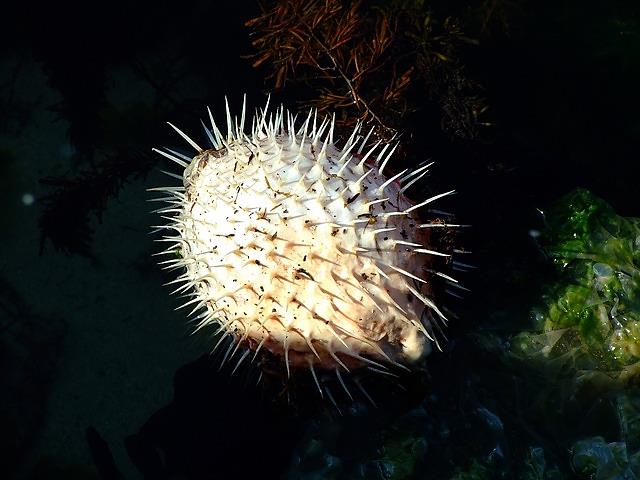
by Fern Shaw | Oct 19, 2015 | Uncategorized
That would be … me! Yes, yes, on occasion (usually during the change of season) I don my culture vulture headgear (a jester’s cap no less) and get out there in the World Wide Web and eddicate myself. I was all geared up initially to find out which countries were wearing what jerseys for the Rugby World Cup but after reading about how England’s players had to wear red because Fiji won the toss and are wearing white, I thought it best to step away before the rainbow turned into a hodge podge of colour.
This led me to reading about a dish called Poutine. I like to think of myself as having pretty fair general knowledge, but poutine? Poutinely unclear! Turns out it’s a dish that according to the wonderful Wiki is ‘a British inspired Canadian dish, originating in the province of Quebec, made with french fries and cheese curds topped with a light brown gravy-like sauce.’ Yum! (not). I have a pathological dislike of anything curd like.
Casting my food net further afield I discovered a few more unusual dishes that may not exactly endear you to your dinner guests. The alternative title for this list of scary is ‘Minimum three glasses of water per dish meals’.
Second up there’s a dish called Surstromming – Baltic Sea herring fermented with just enough salt used to prevent it from rotting. Mainly found tinned in brine these days, when opened it releases such a pungent aroma that it usually needs to be eaten outside. Sounds delightful.
Thirdly, there’s Fugu, made famous by The Simpsons (it’s specifically the ‘One Fish, Two Fish, Blowfish, BlueFish‘ episode 11 in Season 2 if you care to watch it) this little delicacy has the potential to be deadly if prepared incorrectly. As such, only chefs that have been drilled to perfection are allowed to handle the serving of the pufferfish. Good luck with that!
Before you get all ‘these dishes aren’t anything like what we eat at home, we’re safe’, think again.
What about Singing hinnies? The name for a northern dish of currant cakes cooked on a griddle. ‘Singing’ refers to the sizzling sound of the cakes as they cook in fat, while ‘hinny’ is, of course, a Northern term of endearment.
And then there’s Cullen skink which is a speciality from the town of Cullen on Scotland’s north-east coast. It’s a thick soup made from haddock, potatoes and onions. Theories as to where the word ‘skink’ comes from differ: it may be a variation on the Scots skink, meaning soup made from shin of beef.
There are actually loads more weird and wonderful British born dishes / meals, but that’s for another time. I’d like to say ‘celebrate your cultural differences – embrace the different’, but with dishes like these, my enthusiasm falls a bit short.
Culture vulture out!
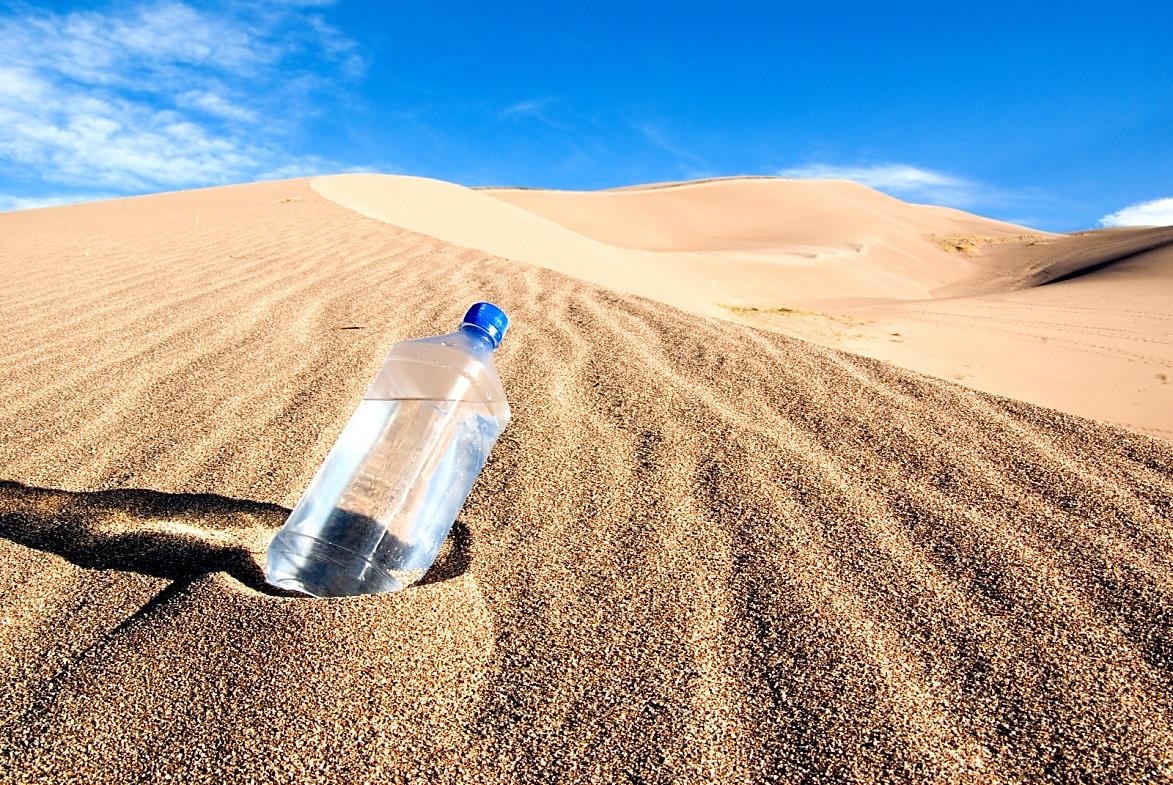
by Fern Shaw | Aug 24, 2015 | Water Boilers, water cooler
Let’s fact check here for a moment.
This is a blog page.
The running (aha) theme is generally about all things watery.
There’s heaps of information about the supply of water and how we deliver said water to you, dear customer, through the provision of our spankingly smart range of:
Bottled Water Coolers
Mains Fed Water Coolers
Water Boilers
Hotel and Catering Solutions
Water for Schools
Water Fountains and
Accessories
so, it’s important to keep you informed about the importance of drinking water; to advise about how to keep from becoming dehydrated (occurs more often and easier than you might think); what to drink; how often to drink it and in general; how to keep yourself healthily hydrated.
But the one question I don’t think I’ve asked as yet is: What makes you thirsty?
Are you like me where when you go to the pictures, it’s not officially an occasion unless you have a bucket of very over-salted popcorn and then when your tongue swells up and you feel like you’ve been eating dry desert sand, you wonder why you are so thirsty?
or, are you more of a be out all day in warm weather, keeping active, running from place to place, sweating a bit and wait-until-the-last-minute where you’re absolutely parched and then you guzzle fizzy drinks (packed full of bad sugars) which will probably make you more thirsty than before you drank them.
or, do you load up on the Chinese or American fast food which is packed with too much salt (and then you still add loads of salt to your meal or chips) and again, wonder why you’re feeling so thirsty?
Whatever your thirst metiér is, I’m sure it doesn’t help realising that most of our extreme thirst is self-imposed. Us humanoids, such silly beings, aren’t we?





